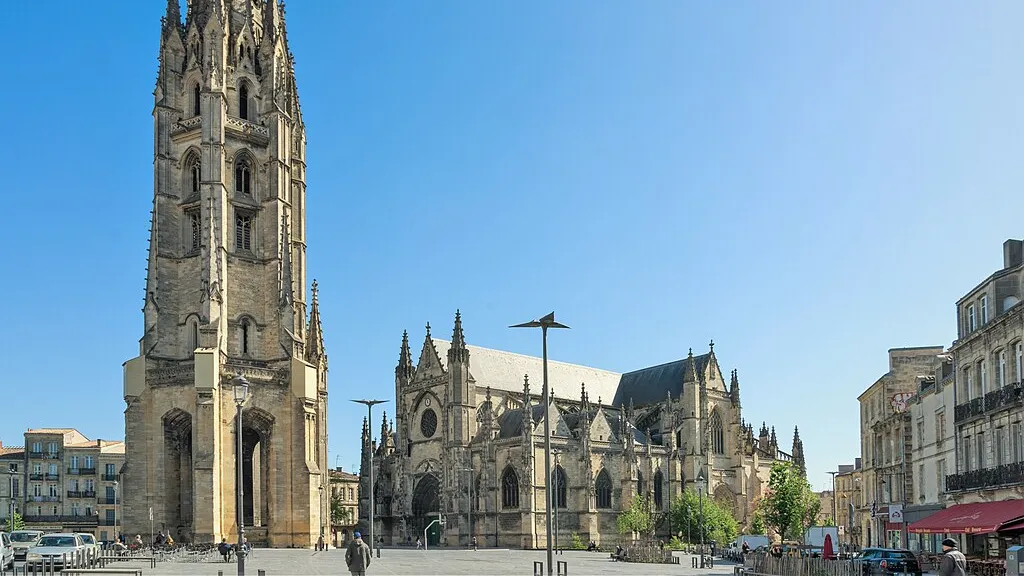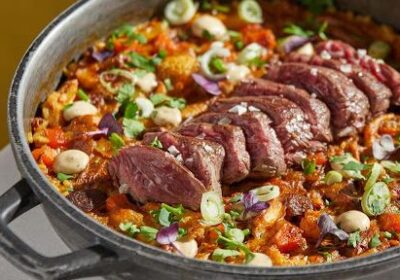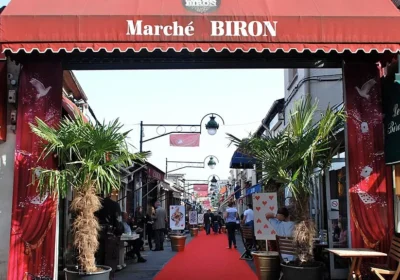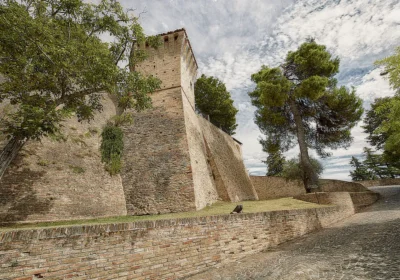Spread on the banks of the Garonne River, near the Atlantic coast, Bordeaux is one of the largest ports in Europe, a major commercial and cultural center, and the world capital of vintage wines. It is a unique architectural monument, often called “little Paris”. Victor Hugo said of it, “Bordeaux is an interesting, original and perhaps the only city. Take Versailles, mix it with Antwerp, and you get Bordeaux.”
Originating as a Celtic settlement after the Romans conquered Gaul, Bordeaux became the capital of Aquitaine. It was the Romans who first planted vines on the land, prefiguring the history of Bordeaux and its future. During the era of English rule (1154 – 1453), the city began to boom, thanks to the export of wine to England.
These historical events left indelible traces in the entire architectural appearance of Bordeaux. The Palais Gallien and the ruins of the Roman amphitheater reflect the Gallo-Roman era. The medieval period is represented by many well-preserved churches, the most famous of which are Saint-Seurin (Saint-Seurin) and Sainte Croix (Sainte Croix). The Gothic influence is especially noticeable in the appearance of the churches of Sainte Eulalie (Sainte Eulalie) and Saint-Michel (Saint-Michel). But predominant in the architecture of Bordeaux is neoclassical style of XVIII century with wide streets, parks and squares, the largest of which – Esplanade des Quinconces (Esplanade des Quinconces) – occupies almost 12 hectares. And the pearl and the main attraction of the city is considered the Grand Theater (Le Grand Theatre) on Place de Comedie. It is known that the beauty and perfection of this building served as a model for architect Garnier when designing the Paris Opera House.
In general, Bordeaux looks more like an exquisite set. So proportionate are its proportions, thought out details, exquisite lattice balconies and curves of decorations on the houses. Here the Middle Ages are justified by aesthetically verified architecture of the XVIII century, flooded by the Aquitanian sun and penetrated by the wide fairway of the Garonne. The city is largely pedestrianized. Here you will find extraordinary fountains, one of which you can walk along and admire the reflections of architecture appearing in it and rainbows above them, hardly the most beautiful streetcars in France, exquisite restaurants and shops…..
Fans of painting should visit the Museum of Fine Arts (Musee des Beaux-Arts), where works of painting of XVIII-XIX centuries are collected, including works by Titian, Rubens, Delacroix, Corot and others.
Walking through the historic center of the Saint Peter’s quarter, you can also visit the Palais Rohan, the Archaeological Museum, the Museum of Decorative Arts and the Museum of the History of Aquitaine.
And the market on the Place des Grands Hommes is like a huge gastronomic counter worthy of Gargantua. Here you will find all kinds of products that meet the most exquisite tastes of any gourmet. These are famous French truffles, a huge selection of cheeses, goose liver pate and other local delicacies, which you can drink with pleasure with wine from local wine cellars of such brands as Medoc, Bleuet, Bourget, Pommerol, St. Emilion. These names are familiar to all lovers of Bordeaux wines. In the center of Bordeaux is the Maison du Vin, where you can get acquainted with the map of wine roads and take a short course in “oentologie” – the science of winemaking.

















